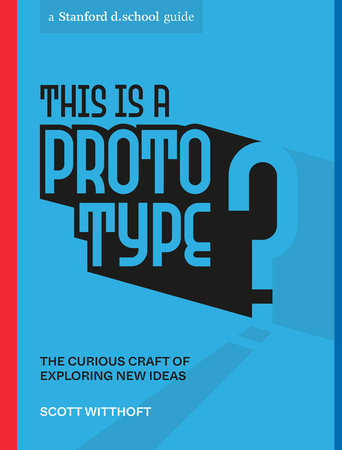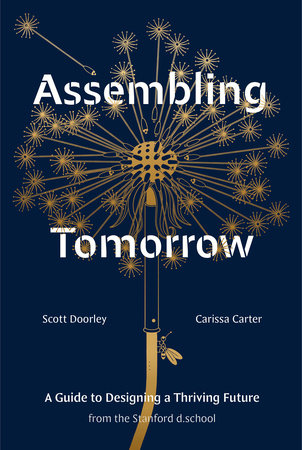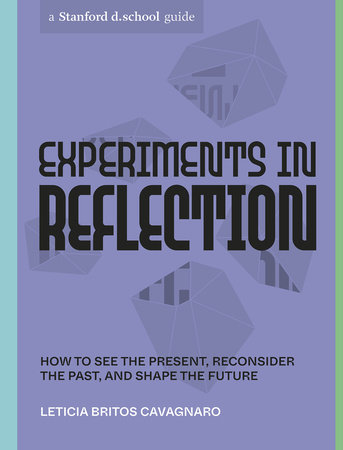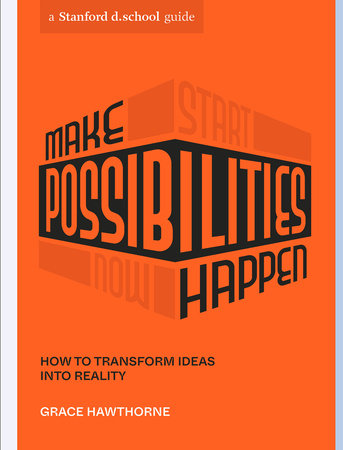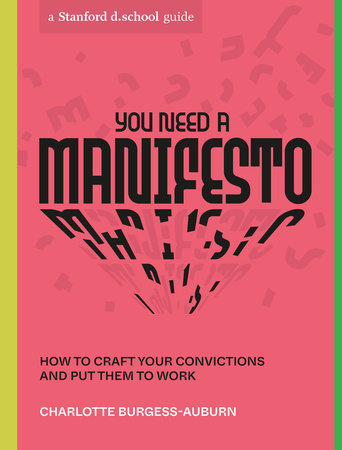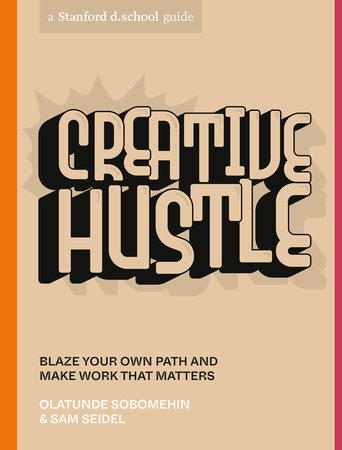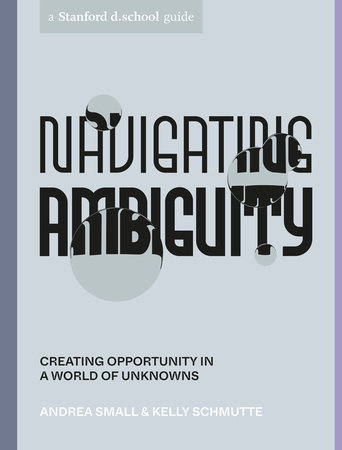This Is a Prototype
The Curious Craft of Exploring New Ideas
Scott Witthoft and Stanford d.school
Paperback
October 4, 2022 | ISBN 9781984858047
AmazonBarnes & NobleBooks A MillionBookshop.orgHudson BooksellersPowell'sTargetWalmart
Ebook
October 4, 2022 | ISBN 9781984858054
AmazonApple BooksBarnes & NobleBooks A MillionGoogle Play StoreKobo
About the Book
Prototyping is a way to test an idea to see if it can be successful before investing too much time and too many resources. But it's not only designers who "prototype" as they work. A skateboarder tries a new trick; that's a prototype experience. A chef experiments with a new dish and new ingredients; that's a prototype experience, too. Once a prototype is made, the creator gains knowledge about what worked and what didn't, what should be used again and what should be trimmed from the experience.
This is a book about becoming better at prototyping by building things and experiences that will help you learn from your attempts, no matter what you're aiming to achieve. Readers will learn how to not only create prototypes but also how to reflect on the success and failure of those attempts. Scott Witthoft, who teaches courses in design and prototyping to students around the world, introduces a comprehensive number of tools and materials for prototyping, including digital platforms and physical objects. And he breaks down real-life examples of prototype experiments with accompanying photographs for the reader to observe large- and small-scale prototyping in action.
With Witthoft as your guide, you'll put the principles of design into practice and bring your vision to life—one prototype at a time.
*Includes a downloadable PDF of visual references and illustrations from the book


